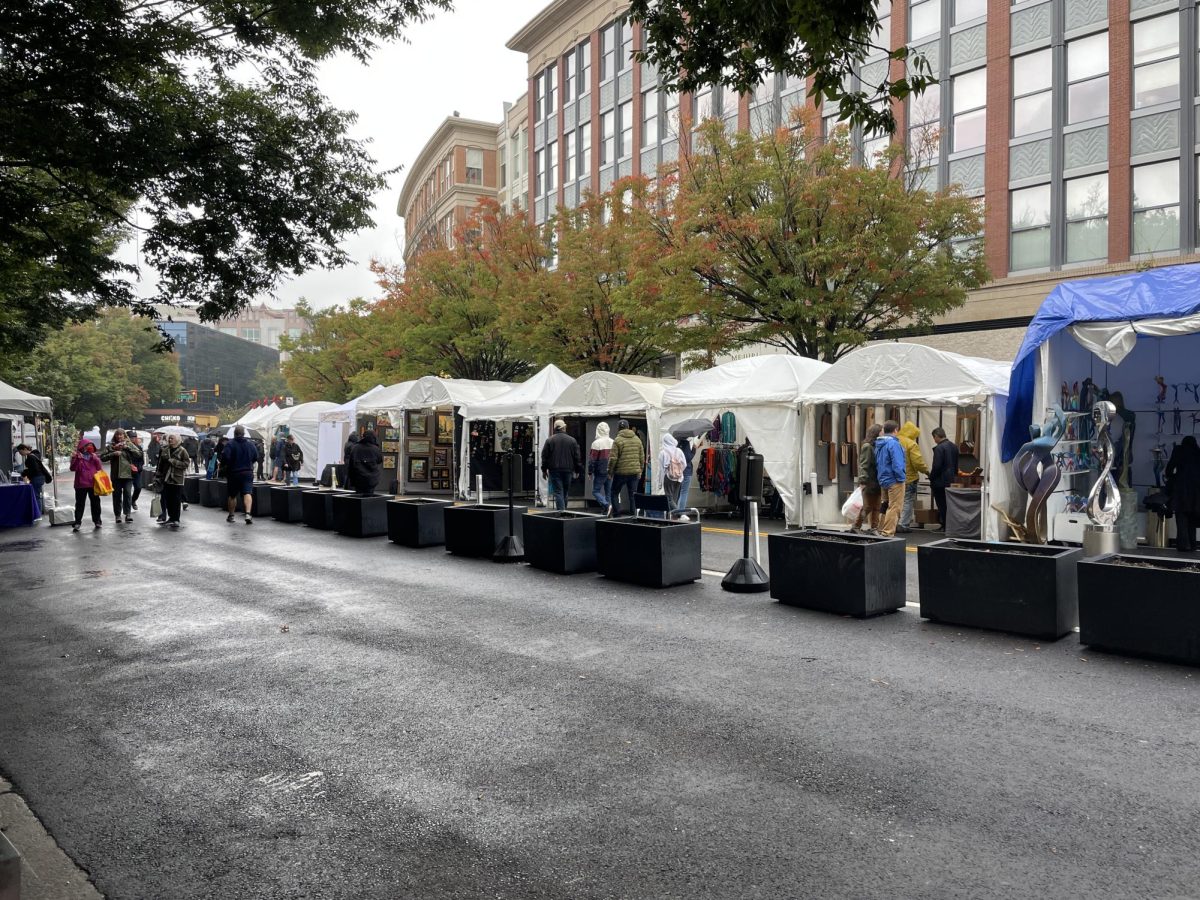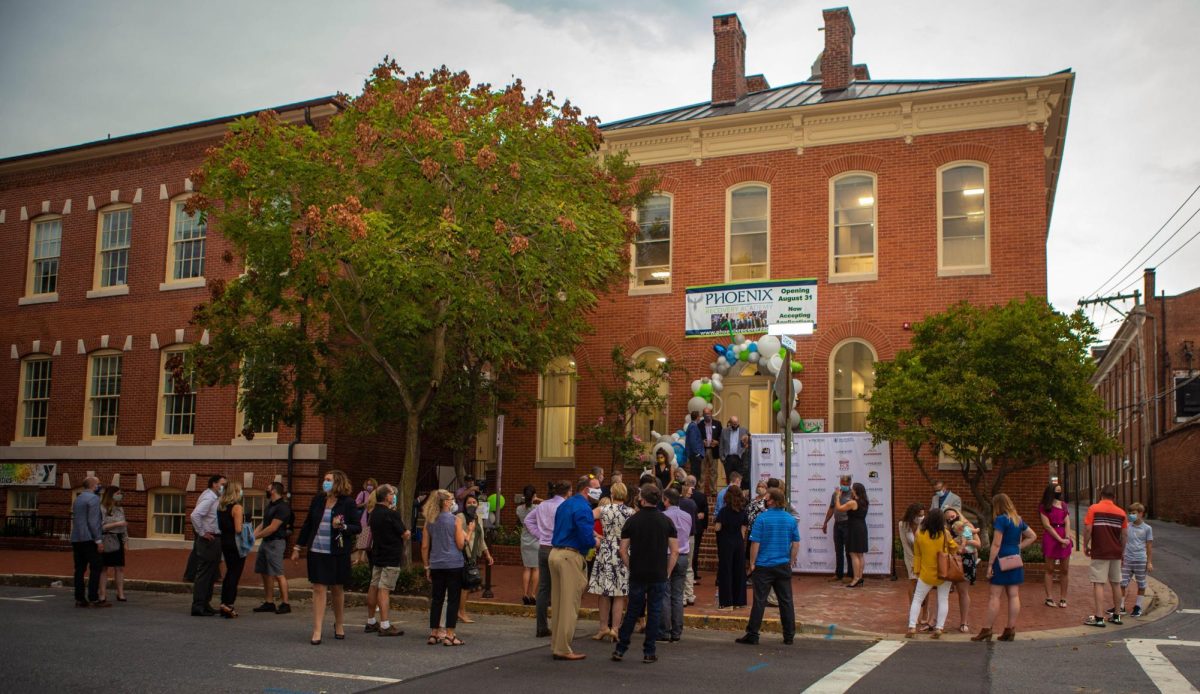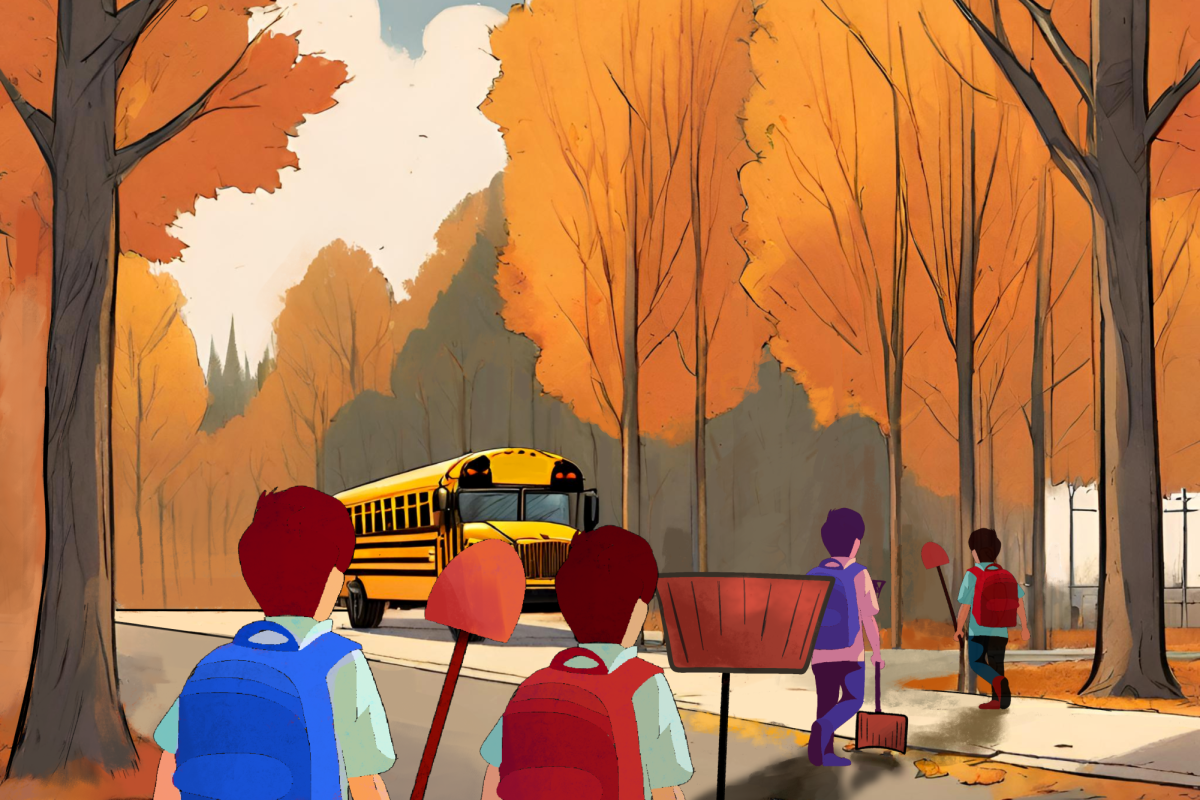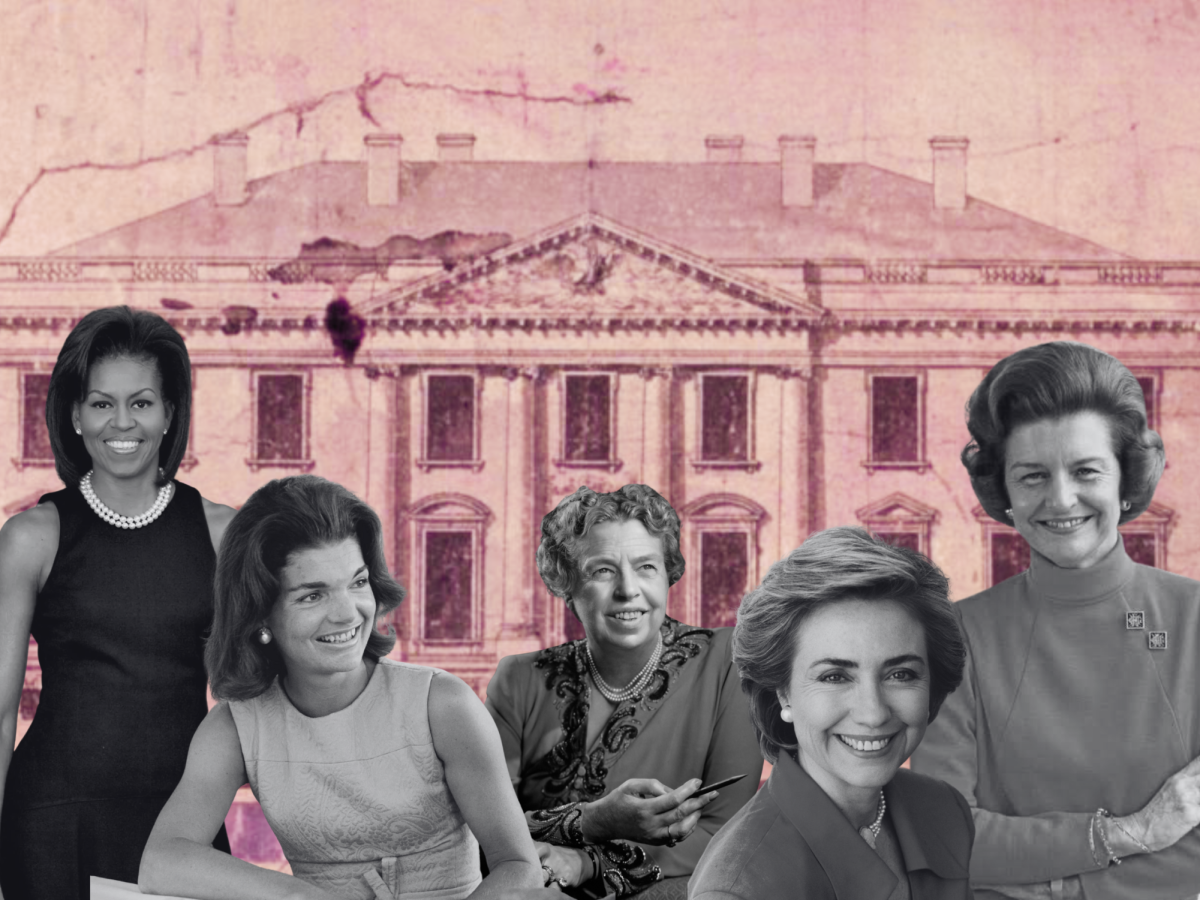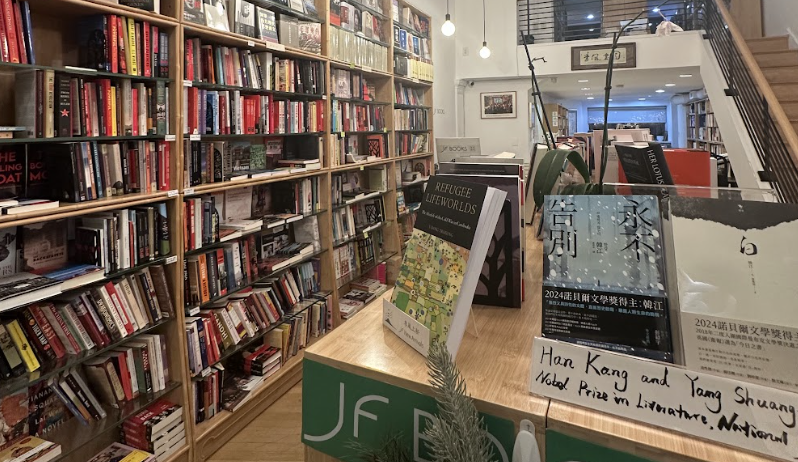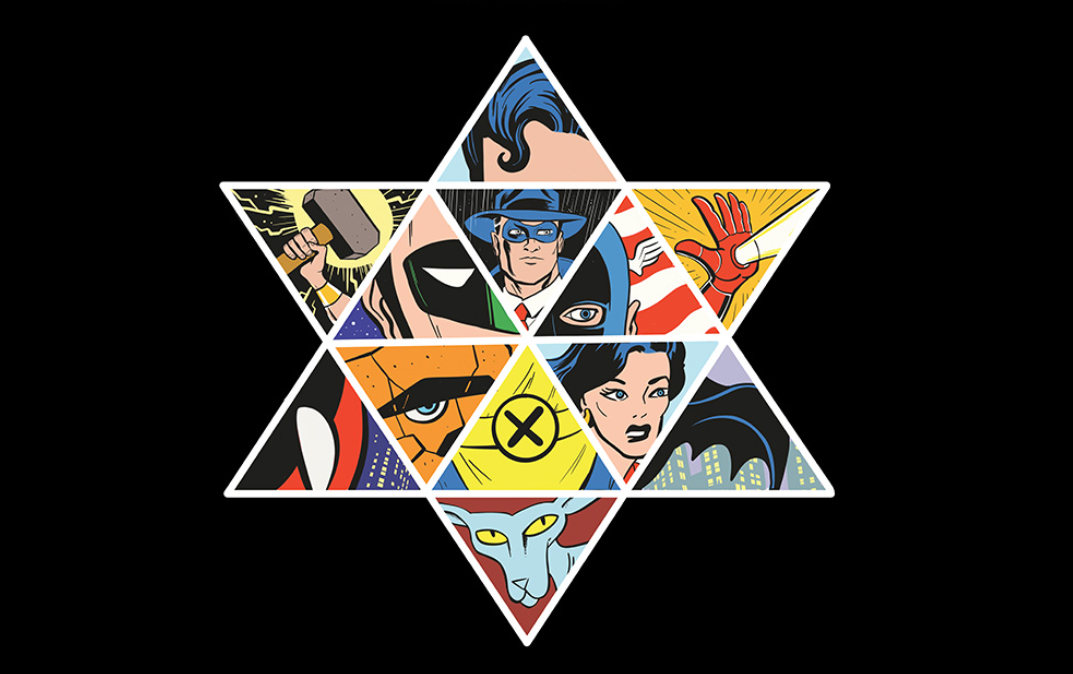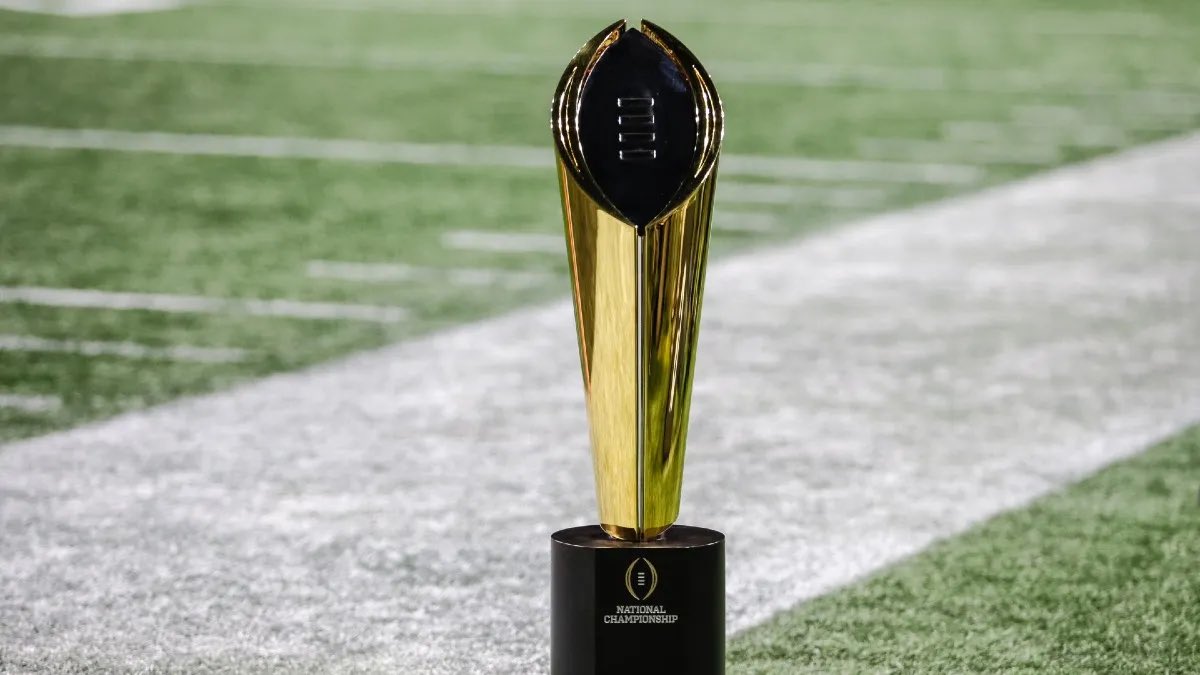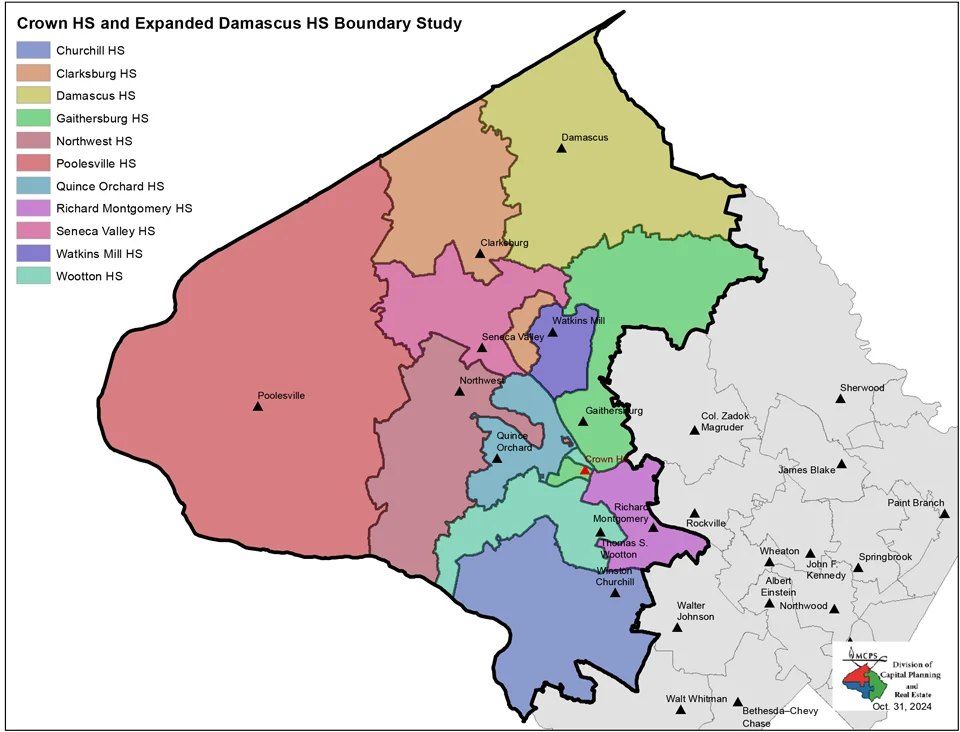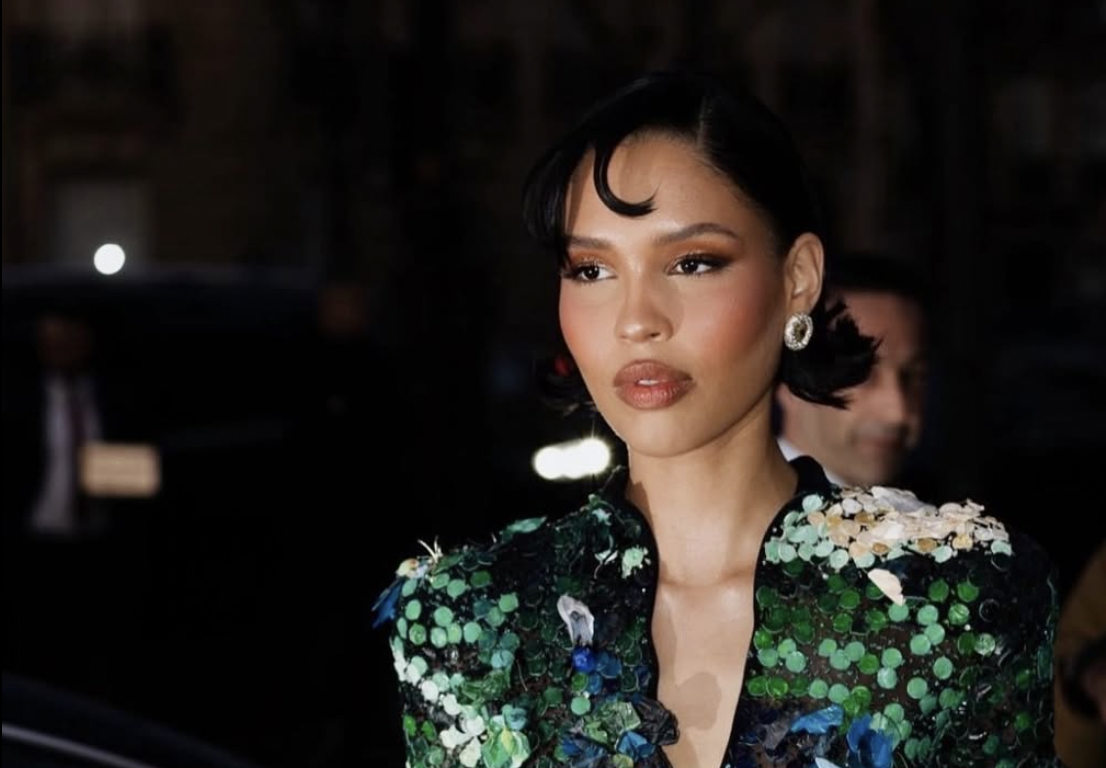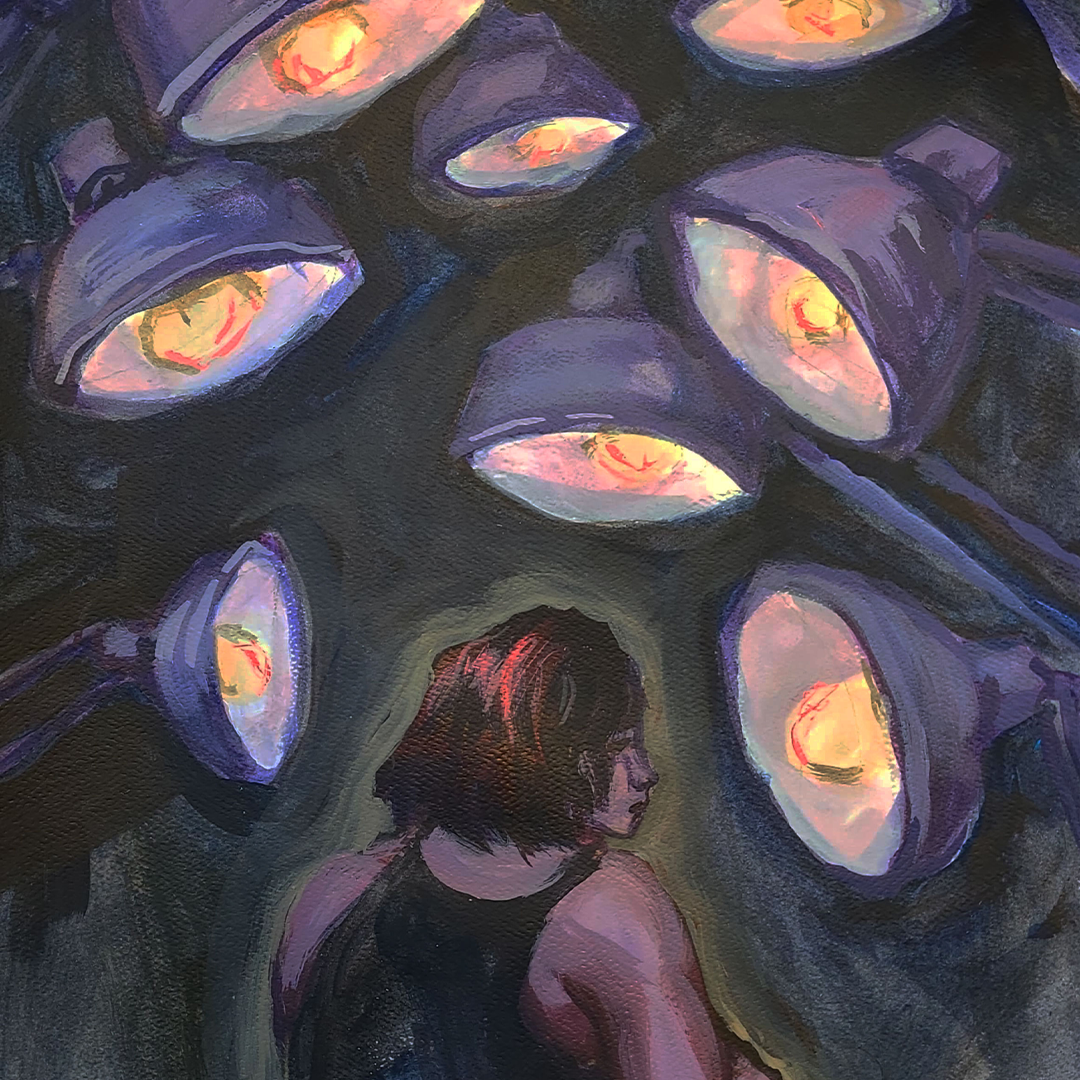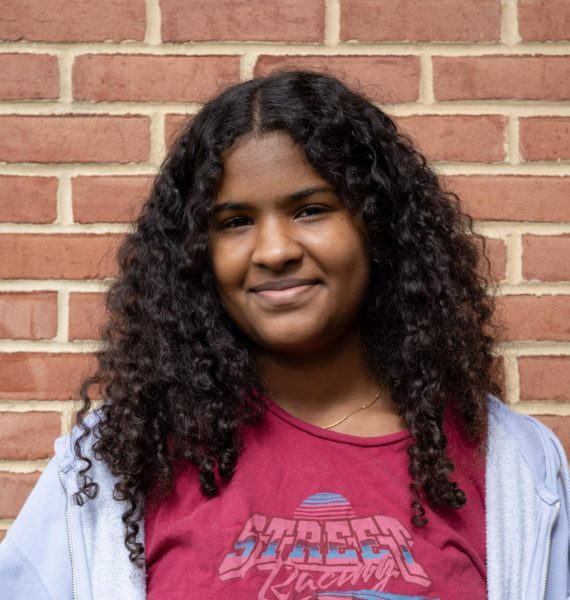The Bethesda Row Arts Festival has been a staple for the local art community for 25 years, annually selecting 165 different artists to showcase their work. The festival, which took place on Oct. 14 and 15, is free for all visitors, allowing patrons to view various pieces of art displayed across five blocks in the center of Bethesda Row. The event features 14 art categories, including sculptures, clothing, jewelry and photography. The crafts are also available for sale, allowing the artists to expand their platforms beyond the festival.
The Bethesda Urban Partnership (BUP), established by the Montgomery County Council in 1994, organizes the annual event and directs the Bethesda Arts & Entertainment district, which includes non-profit art spaces like Gallery B, Studio B and Triangle Arts Studios. For artists to participate, they must apply and have three jurors, typically artists themselves, approve them.
In addition to the art itself, the event’s large crowds, live guitar performances and unique culinary experiences in Bethesda Row restaurants all helped solidify it as one of Art Fair Sourcebook’s top 30 fine art festivals in the U.S..
Upon entering the festival, visitors are not only met with traditional forms of art, such as portraits or sculptures but also with unique pieces. Natalia Maurer, the owner and designer of Haus of Jung, found her passion for designing when looking for a new type of career after graduating college with a psychology major.
The story behind the art displayed at the Bethesda Row Arts Festival allows visitors to find meaning within the pieces. After being diagnosed with Lyme disease, artist Danielle Bjorndalen found a passion in watercolor, something she hadn’t been interested in before, she said.
“I thought art was weird, but when I got sick I could only paint and I just kept painting and drawing,” Bjorndalen said. “This festival was my five year goal, but I got in the first year. [It] was the first art festival I’d ever been to… I thought it was really cool.”
Due to the festival being juried, a blind process to select artists, getting approved to display pieces at the festival is difficult for upcoming artists with less experience. Yet this year, out of the 165 artists that participated in the festival, 40% were newcomers. Bjordenalen was one and hopes to return next year, she said.
Some artists use their creations to share prominent issues from the past. Artist Richard Wilson, who has participated in the festival for nine years, uses his art to share history not usually taught in school.
“In my shadow series, I have young people standing in the shadow of these trailblazers and in each piece, it tells you something about them that you might not have known,” Wilson said. “So I’m able to share historical facts, African American history that’s inspiring not only to African Americans but to anybody. I like to share that through my work and share their stories to inspire others.”
The festival is spread throughout the weekend, which allows patrons to spend more time deciding what to purchase. Visitors tend to ponder and examine the art on Saturday and return on Sunday to buy pieces that stood out to them, festival co-director Jon Gann said in an interview with WTOP. The event allows patrons to collect art from around the country — one of the main reasons for its acclaimed reputation.
Jeweler Chelsea Bird has watched the festival develop over the past 10 years and believes it has helped her business evolve, she said.
“[The festival] has always been a really good show, as they do a really good job curating the artists,” Bird said. “When we can get into a show like this it’s always very inspiring and it brings us in front of a lot of great customers.”



